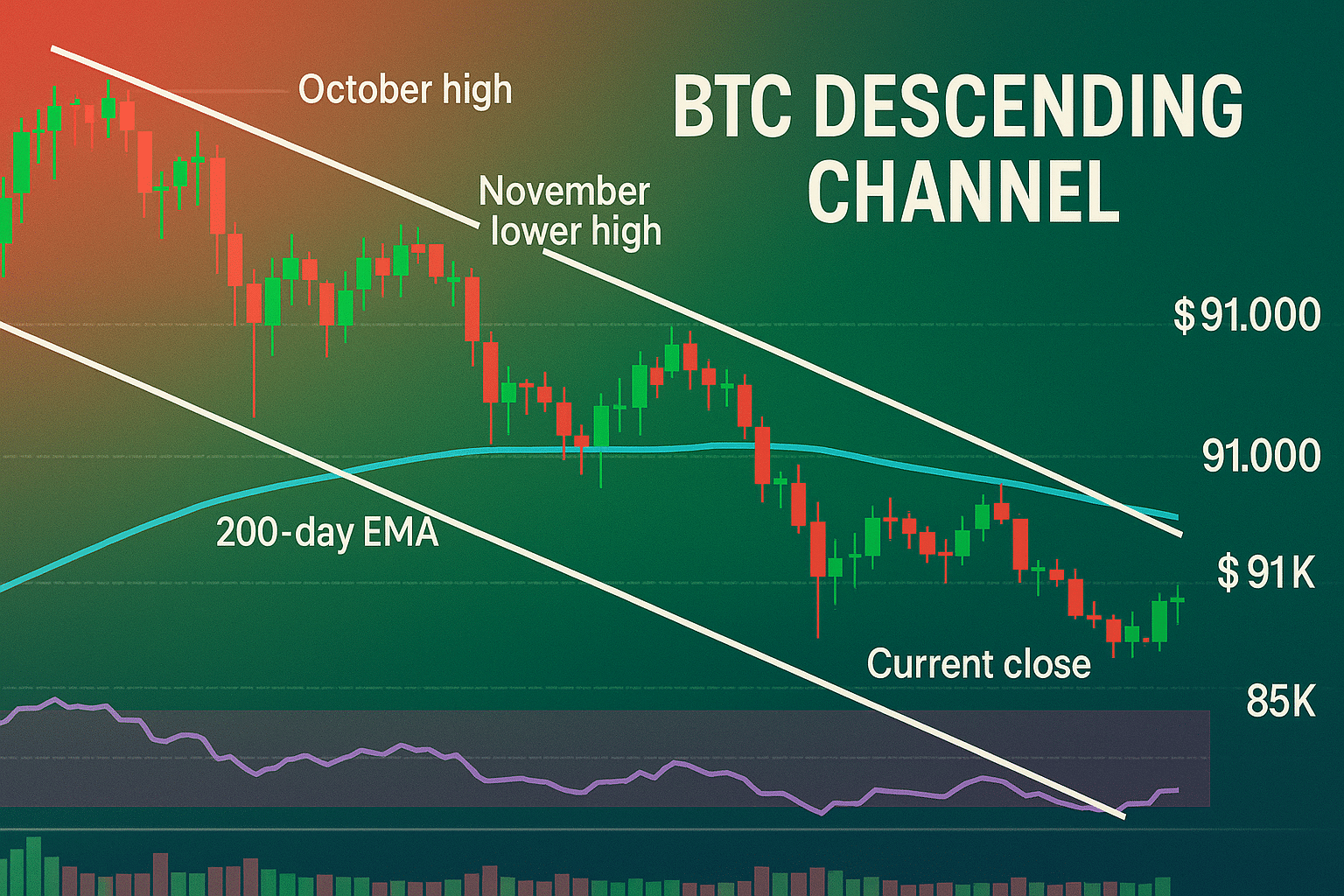The Relationship Between Airdrops and Token Liquidity
Crypto airdrops are a popular strategy used by blockchain projects to distribute tokens and engage with the community. A significant aspect of their impact is on token liquidity. This article explores how airdrops influence token liquidity, including effects on trading volumes, market depth, and price stability.
Understanding Token Liquidity
What is Token Liquidity?
Token liquidity refers to how easily a token can be bought or sold in the market without affecting its price. High liquidity means that a token can be traded quickly and with minimal price impact, while low liquidity can lead to significant price fluctuations.
How Airdrops Enhance Token Liquidity
Increasing Trading Volumes
Airdrops can significantly boost trading volumes by distributing tokens to a large number of participants. This increase in trading activity enhances liquidity by making it easier for traders to buy and sell tokens.
Example:
- Avalanche (AVAX) Airdrop: Avalanche’s airdrop to early adopters and validators resulted in a surge in trading volumes, boosting the liquidity of AVAX on various exchanges.
- Link: Avalanche
Enhancing Market Depth
Market depth refers to the market’s ability to absorb large orders without significant price changes. Airdrops can enhance market depth by distributing tokens widely, leading to more buy and sell orders in the order book.
Example:
- Theta (THETA) Airdrop: The Theta airdrop led to increased market depth, as the distributed tokens added more liquidity to the order books across multiple exchanges.
- Link: Theta
Price Stability and Airdrops
Short-term Volatility
While airdrops can enhance liquidity, they can also cause short-term volatility. Recipients of airdropped tokens may sell them immediately, leading to price fluctuations.
Example:
- EOS (EOS) Airdrop: Following the EOS airdrop, there was initial selling pressure as many participants sold their EOS tokens, causing short-term volatility before stabilizing.
- Link: EOS
Long-term Stability
Over the long term, airdrops can contribute to price stability by distributing tokens to a broader base of holders. This widespread distribution can reduce the impact of large sell orders and create a more stable trading environment.
Example:
- Algorand (ALGO) Airdrop: Algorand’s airdrop strategy helped create a more balanced distribution of ALGO tokens, contributing to long-term price stability.
- Link: Algorand

Case Studies: Airdrop Impact on Liquidity
Hedera Hashgraph (HBAR) Airdrop
Hedera Hashgraph conducted a series of airdrops to increase HBAR adoption and liquidity. These airdrops distributed HBAR tokens to users and developers, significantly boosting trading volumes and market depth.
Impact:
- Increased Trading Volumes: Hedera’s airdrops led to higher trading volumes, enhancing liquidity on major exchanges.
- Market Depth: The widespread distribution of HBAR tokens improved market depth, making it easier for traders to execute large orders.
- Link: Hedera
VeChain (VET) Airdrop
VeChain’s airdrops have been instrumental in enhancing the liquidity of VET tokens. By distributing tokens to a broad audience, VeChain has ensured that VET remains one of the most liquid assets in the crypto market.
Impact:
- Enhanced Liquidity: VeChain’s airdrops increased the number of active traders and market participants, boosting liquidity.
- Price Stability: The distribution of VET tokens across a wide base of holders has contributed to long-term price stability.
- Link: VeChain
Strategies for Maximizing Airdrop Benefits
Targeting Active Users
Targeting active and engaged users for airdrops can help ensure that distributed tokens are held and traded, rather than being immediately sold. This approach can enhance liquidity and reduce short-term volatility.
Example:
- Ocean Protocol (OCEAN) Airdrop: Ocean Protocol’s airdrops often target active community members and data providers, fostering engagement and enhancing liquidity.
- Link: Ocean Protocol
Staggered Distribution
Staggering the distribution of airdropped tokens can help manage market impact and enhance liquidity over time. This approach prevents a sudden influx of tokens into the market, reducing the risk of short-term volatility.
Example:
- Synthetix (SNX) Airdrop: Synthetix’s staggered airdrop strategy helped maintain liquidity and price stability by releasing tokens gradually.
- Link: Synthetix
Conclusion
Crypto airdrops play a significant role in enhancing token liquidity by increasing trading volumes and market depth. While they can cause short-term volatility, the long-term impact often includes improved price stability and a more balanced distribution of tokens. By targeting active users and implementing staggered distribution strategies, projects can maximize the benefits of airdrops for liquidity. For more insights into the impact of airdrops on token liquidity and other cryptocurrency topics, follow us on Twitter and join our Telegram channel.
To explore more strategies on managing your crypto investments, visit our crypto guides. This guide offers valuable information on various aspects of cryptocurrency, from beginner tips to advanced strategies. Additionally, stay informed with the latest news and updates by visiting our news page.
Maximize Your Crypto Experience with Bybit
For a superior trading experience, consider Bybit. By signing up through our referral link, you can access exclusive rewards, including up to $30,000 in deposit bonuses, to enhance your trading journey.

















